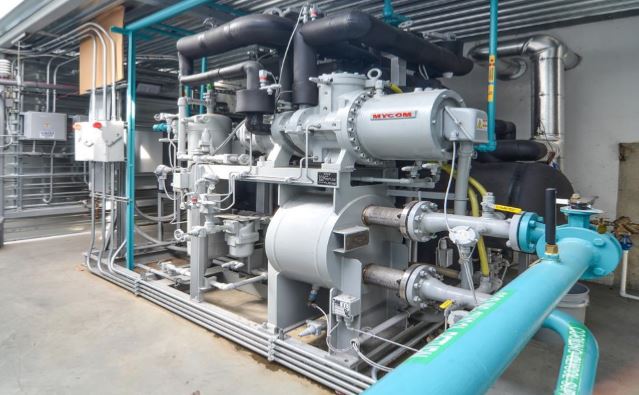Project Info
COMPLETE
 Project Title
Project Title
 Project Title
Project Title
Ammonia/CO2 Refrigeration System Evaluation at a Food Processing Facility
Project Number ET13SCE1230 Organization SCE End-use HVAC Sector Commercial Project Year(s) 2013 - 2016Description
Evaluate performance of HVAC and refrigeration applications using advanced refrigerants. This project intends to explore and document advances in product development for advanced refrigerants in the refrigeration and HVAC applications.
Project Report Document
Loading PDF Preview...
